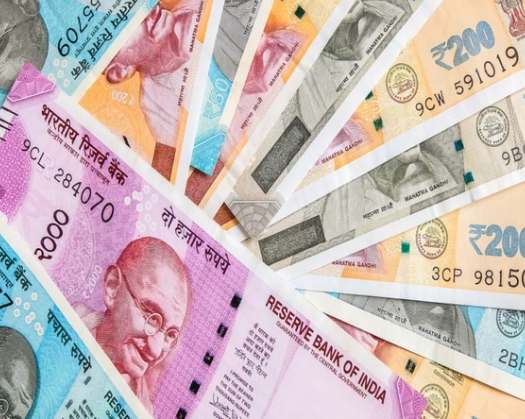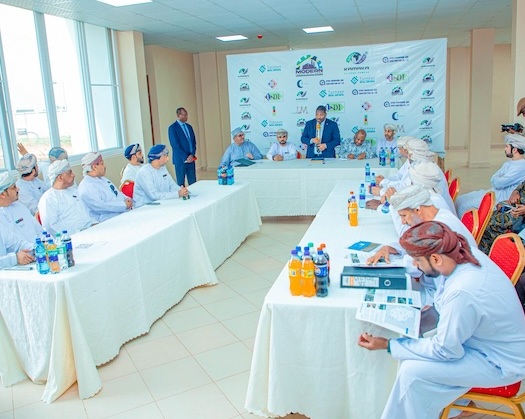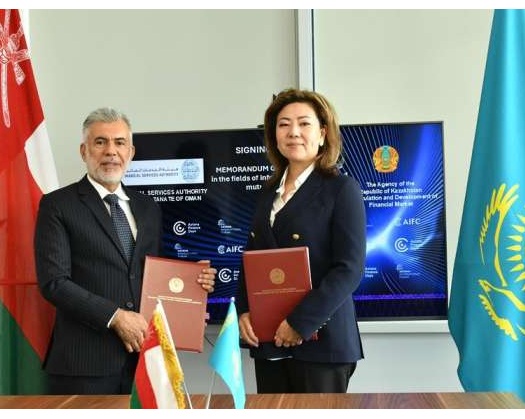New Delhi: According to a report by Emkay Research, the Reserve Bank of India (RBI) will need to explore additional strategies beyond a rate reduction to adequately enhance liquidity within the banking system.
Emkay Research has proposed several alternatives, including a new round of Open Market Operations (OMO) amounting to Rs 30,000 crore to bolster liquidity in the economy.
The report indicates that the total liquidity injection through OMO in the current financial year (FY25) could exceed Rs 90,000 crore.
It stated, "We anticipate another round of approximately Rs 300 billion in OMOs, leading to a total exceeding Rs 900 billion in FY25E. While a CRR cut is a possibility, a temporary reduction may not effectively tackle the underlying issues in the banking sector."
Furthermore, the report emphasized that a short-term CRR cut may not adequately address the persistent challenges facing the banking industry. Instead, the RBI should concentrate on easing the forthcoming stricter Liquidity Coverage Ratio (LCR) regulations, which are scheduled to be implemented in April 2025.
Additionally, the relaxation of lending standards could serve as a more effective policy instrument to mitigate liquidity issues.
The report noted that while a standard 25 basis points rate cut in the upcoming Monetary Policy Committee (MPC) meeting is not a significant point of contention in the market, investors and analysts will be keenly observing for further policy actions beyond just a rate adjustment.
The central bank is likely to persist with its approach of "easing by stealth" utilizing unconventional policy instruments, including liquidity injections and regulatory modifications. The Reserve Bank of India (RBI) is also anticipated to implement measures aimed at alleviating stress within the non-sovereign money market.
Additionally, the report suggests that the central bank may explore further options to relax capital account restrictions, potentially via the Foreign Currency Non-Resident (FCNR) mechanism. The RBI has already undertaken substantial liquidity-enhancing actions in recent months.
However, despite these initiatives, overall system liquidity continues to be constrained. Although the liquidity deficit has decreased from a peak of Rs 3.1 trillion at the end of January 2025, Emkay Research projects that it may still hover between Rs 2.5 trillion and Rs 2.8 trillion by the conclusion of FY25.
The core deficit is anticipated to fall within the range of Rs 1.1 trillion to Rs 1.3 trillion. Should the RBI find this liquidity shortfall problematic for effective policy transmission, it may implement further measures to bolster the economy, particularly given the uncertain outlook regarding the extent of the interest rate reduction cycle.
Market participants will closely monitor the RBI's forthcoming policy decisions, especially concerning liquidity challenges and pressures within the banking sector, as these elements will significantly influence economic conditions in the near future.










